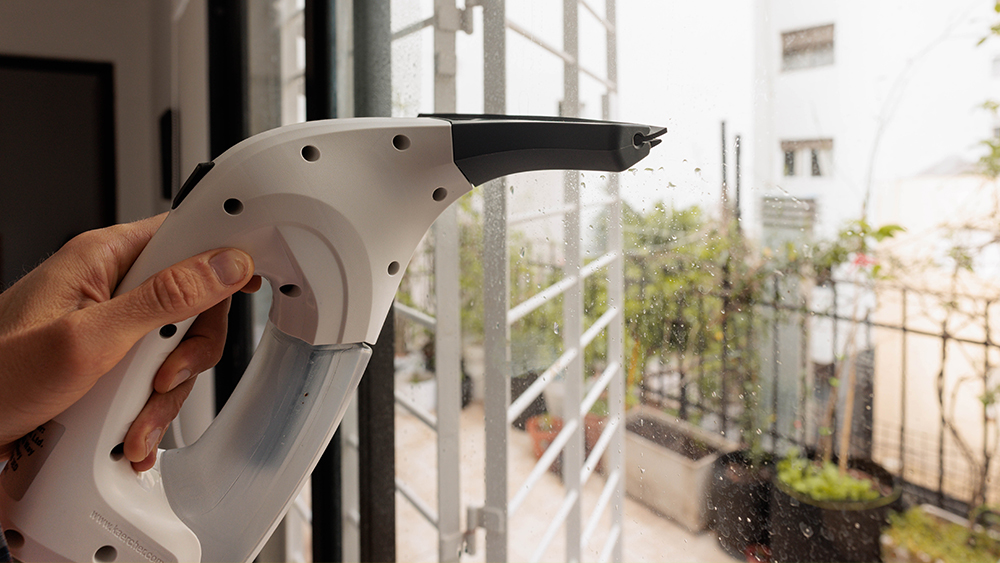3 things you can learn from designing toys
Mario Troise shares the lessons he took away from his experiences in toy design.

Mario Troise is an Italian/Brazilian designer and entrepreneur who works with Smuzi, directing creative projects. For more than 10 years he worked in the toy business, designing and marketing products for children and teens. Here Mario shares three important lessons he learned...
01. Design for kids, market for adults
I once visited one of the oldest toy factories in Brazil. I was expecting something amazing, like rooms full of vintage toys, designers in brainstorming sessions or an experimental lab for kids. Instead, I arrived at a standard factory with beige floor, old business people, boring meeting rooms and not a single detail that reminded me of toys.
This company did not promote cool brainstorming sessions with designers and kids. They did their research on trade-shows in China or by copying trends from competitors. If you work with toys -- one of the most creative markets around -- and you just copy whatever is coming up in Chinese trade-shows, you are not doing it right.
This company, like many competitors, used to be authentic and fun in the '90s but sells mostly electronics and games now (branded Chinese products). They have lost their connection with children.

Thinking like a child sounds simple, but it's a huge challenge. You have to do extensive research and get immersed in how children actually play. That's crucial when developing new toys.
I had a routine when creating a toy. No matter how many toys I had previously designed, I always started with a blank page. During the initial stages of product development I asked a lot of customers (children and teenagers) their ideas for a new product. Eventually I came up with some prototypes, which were sent to selected customers for another round of ideas and critics.
Customers don't know how to design a product, but they are experts in using it. So the challenge is to balance their ideas with design and engineering.
Daily design news, reviews, how-tos and more, as picked by the editors.
When you finally come up with an amazing design for kids, invest in marketing that will attract their parents as well. Use the packaging and marketing campaigns to highlight the positive features of your toy, not just how 'trendy' or 'cool' it is. Maybe your toy promotes team work, improves cognition or memory. Or maybe it just provides hours of endless fun away from the TV. Make sure your campaigns explain that.
02. Keep it simple
And by simple, I mean extremely simple. If possible avoid anything that uses batteries, lights, complex mechanics, nuts and bolts.
When it comes to toy design, form really follows function: focus on what is really important about your toy and design from the bottom up.

Unleash your imagination on the simplest idea, and you will design a great toy. That's the beauty of designing toys: you can explore abstract shapes, fantastic themes and an unlimited range of colors with even the most basic product.
But why worry so much about simplicity? By keeping it simple, you will help children explore their creativity instead on letting the toy play itself.
03. Don't limit your design
Have you ever seen a kid using pens as advanced alien weapons, or fruits as monsters? During playtime, the sky is the limit.
When I was young I used to hate these figures that had only 1 movement and made sounds, because I could only play with them in a very specific way.
Sometimes you design a product with a specific use in mind, only to see kids playing with it in a completely unexpected way.

That is a fundamental rule of toy design: do not limit your product to one specific usage. Lights, limited articulations and robotic movements look fun at first sight, but sooner or later will become boring.
Words: Mario Troise

The Creative Bloq team is made up of a group of art and design enthusiasts, and has changed and evolved since Creative Bloq began back in 2012. The current website team consists of eight full-time members of staff: Editor Georgia Coggan, Deputy Editor Rosie Hilder, Ecommerce Editor Beren Neale, Senior News Editor Daniel Piper, Editor, Digital Art and 3D Ian Dean, Tech Reviews Editor Erlingur Einarsson, Ecommerce Writer Beth Nicholls and Staff Writer Natalie Fear, as well as a roster of freelancers from around the world. The ImagineFX magazine team also pitch in, ensuring that content from leading digital art publication ImagineFX is represented on Creative Bloq.
